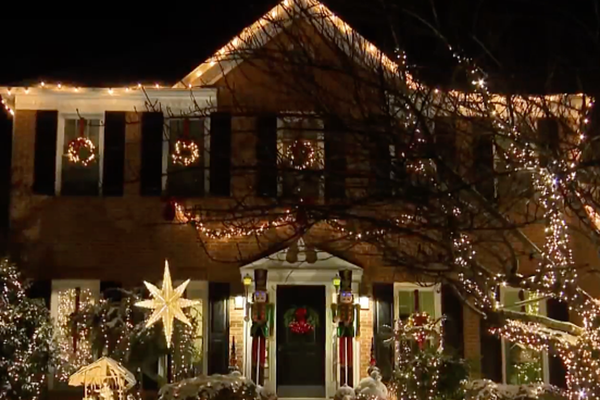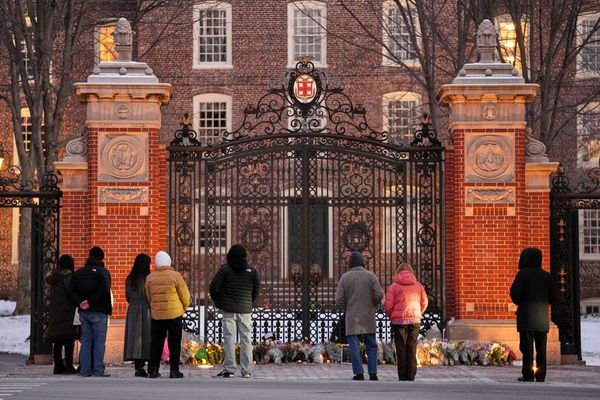
KYOTO -- The Imperial court in Kyoto was deprived of its real power in politics and military affairs for a period of about 700 years, from the 12th to 19th centuries, by samurai warrior rulers who were based in such places as Kamakura, in what is now Kanagawa Prefecture, and Edo, today's Tokyo.
Why did this happen? People inside the Imperial court secretly believed that it was because of a curse invoked by the onryo -- a ghost of revenge -- of Sutoku Joko. The title joko means emperor emeritus.
In 1119, he was born as the heir of Emperor Toba, and succeeded his father's throne at age 5. At the time, Emperor Toba abdicated to become a joko.

During the Insei period of Japan's history, the de facto political rulers were often joko who had abdicated, not emperors on the throne. If there were two or more joko, the most powerful one among them became "chiten no kimi," or the de facto supreme ruler.
In present-day Japan, the first abdication in about 200 years gave the nation a modern joko -- the Emperor Emeritus. However, unlike joko of the Insei period, the Emperor Emeritus has rarely appeared at public events.
Emperor Sutoku was forced to abdicate when he was still young, and became a joko. But it was his father, Toba Joko, who reigned in the Imperial court.
Later, Toba died and Sutoku expected that it would be his turn to become the supreme ruler. But his political power had been weakened by Toba, who had disliked him. Thus, then Emperor Go-Shirakawa, Sutoku's younger brother, became the supreme ruler.
Sutoku joined hands with non-mainstream factions in the Imperial court and some samurai warlords, and challenged Go-Shirakawa. But the street fighting in Kyoto ended in half a day, and the force led by Sutoku was defeated. This 1156 civil war is called Hogen no Ran.
Sutoku was then exiled in the Sanuki Province, which is today's Kagawa Prefecture.
And though Sutoku tried to return to Kyoto, he soon realized he had no chance to do so. Consequently, he bit off the tip of his own tongue, and wrote down a curse with the blood flowing from his mouth.
The words of the curse said, "I shall become a great demon, throwing down the emperor to the status of commoners, and making commoners into emperors."
At that time, Sutoku stopped cutting his nails and hair. His body was said to have taken on the appearance of a frightful mythical creature called a tengu while he still lived. Eight years later, he died and was buried on Mt. Shiramine.
After that, Go-Shirakawa was stripped of his titles of emperor and emperor emeritus. Later, he witnessed the creation of samurai governments, which were first held by the Taira clan and then the Minamoto clan, who emerged from among people of lower class.
What actually prompted the rises of the samurai warrior clans were the Hogen no Ran and another civil war, Heiji no Ran, which was caused by contests for power following the Hogen no Ran. In these wars, samurai clans showed off their military power, which was a decisive factor to decide the future of politics.
But the rumors that all of those incidents were the acts of Sutoku's vengeful ghost spread throughout the ancient capital.
Kazuhiko Komatsu, director general of the International Research Center for Japanese Studies and author of the book, "Nihon Yokai Ibunroku" (Collection of mysterious stories of specters in Japan), said, "The image of Sutoku Joko as a leader of tengu, or the great demon king, in a hell full of tengu, was gradually established."
About 700 years later, in the final years of the Edo period, the Imperial court tried to topple the samurai administration, in the name of restoration of Imperial rule.
Emperor Meiji, who was on the throne, was wary of Sutoku's ghost, and thus conducted a ritual in 1868 to invite the soul of Sutoku from the Shiramine mausoleum, which is the tomb of the joko, in Sanuki Province, and asked the soul to move to Kyoto, where Shiramine Jingu shrine was built. Sutoku was enshrined there as a deity.
Perhaps partly due to the ritual, the forces of the new Meiji government won the war that year and succeeded in taking back administrative power from the samurai rulers.
Read more from The Japan News at https://japannews.yomiuri.co.jp/







